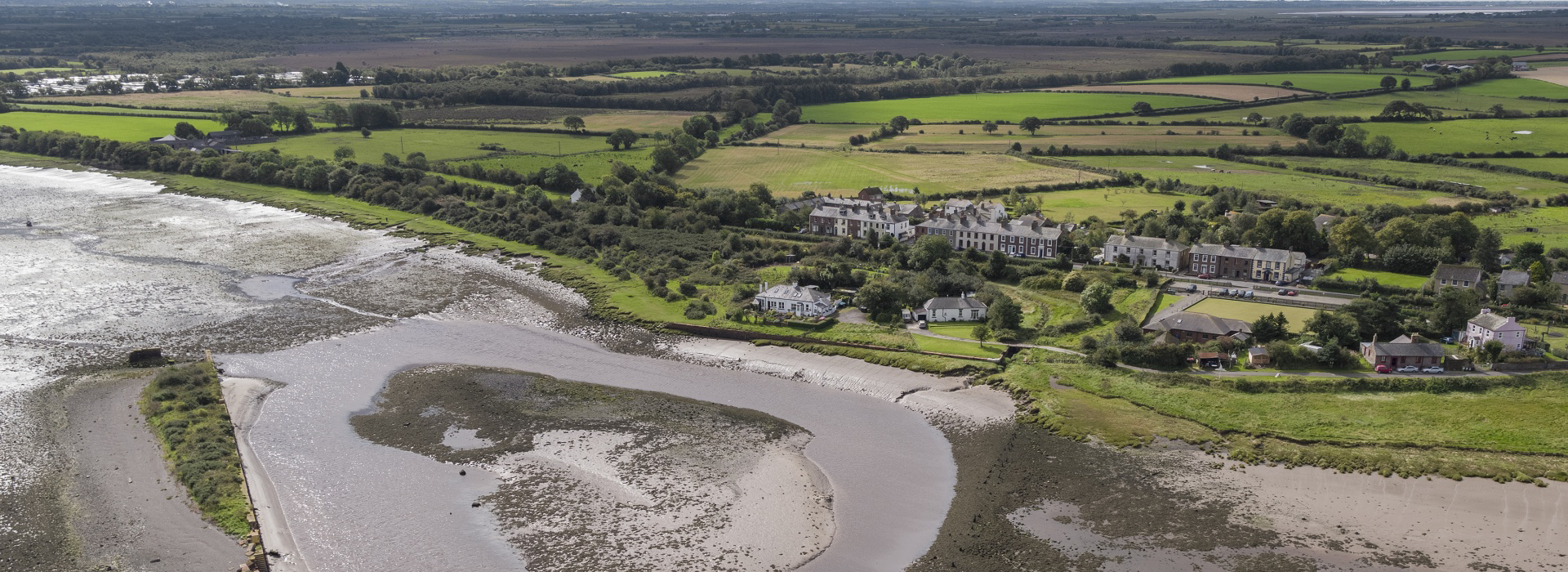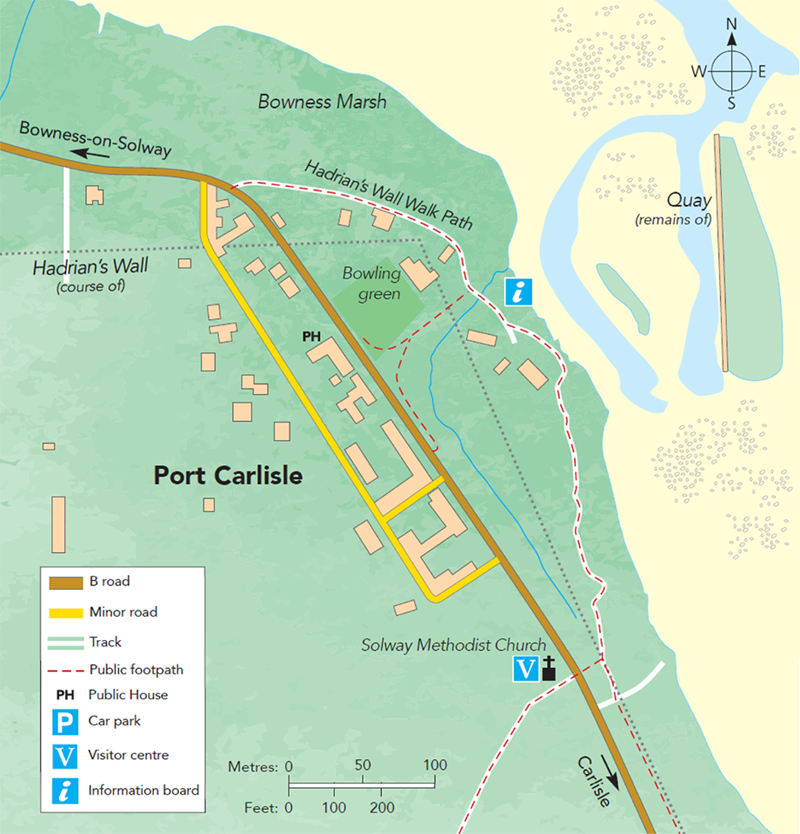
Port Carlisle is one of the most interesting areas of the Solway Coast National Landscapes’ built heritage and was once known as Fisher’s Cross.
In 1823, a canal was dug to link the village to Carlisle and help the city’s rapidly expanding manufacturing base, which is when it was decided that Port Carlisle was a grander name for this harbour area.
The canal was 11.5 miles long and included dressed sandstone walls, a turning circle and a stone dock was built in the Solway which allowed large coaling vessels to unload on to the canal’s barges. As a result, the price of coal dropped dramatically, and the steamboat ‘The Solway’ launched a route to Liverpool in 1826, with other vessels taking passengers and goods to Whitehaven too.
Port Carlisle also became a tourist destination. In 1844, Victorian baths were opened, with hot and cold saltwater baths. The town became home to a surgeon, shipowner, boot maker, blacksmith and master mariners.
In 1847, everything was to change again. Discussions began about filling in the canal to turn it into a railway. An Act of Parliament was passed in 1853 and in 1854 the line opened. The three-hour canal journey to the city now took less than half an hour by rail.
The harbour in Port Carlisle is a great place to watch birds today. Autumn and spring see the flocks migrate, with wildfowl and waders wintering here.
Walkers can explore part of the Hadrian’s Wall Path here.
Facilities
- Free parking
- Information boards
- Pub and accommodation
Did you know…?
A horse-drawn ‘dandy’ operated between Port Carlisle and Drumburgh Junction until 1914.
Look for…
The remains of the old port, railway station and canal walls
Getting here…
Port Carlisle is a mile away from Bowness on Solway on the coast road from Carlisle which runs through Burgh by Sands, Drumburgh and Glasson. The nearest railway station is Carlisle.

